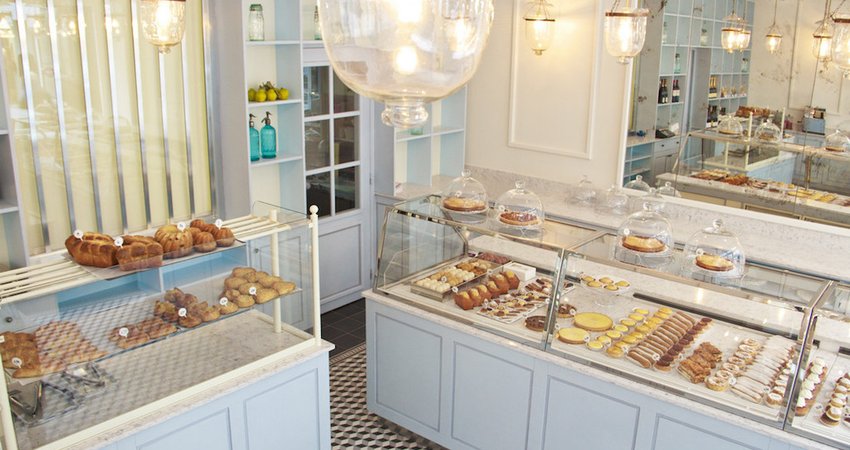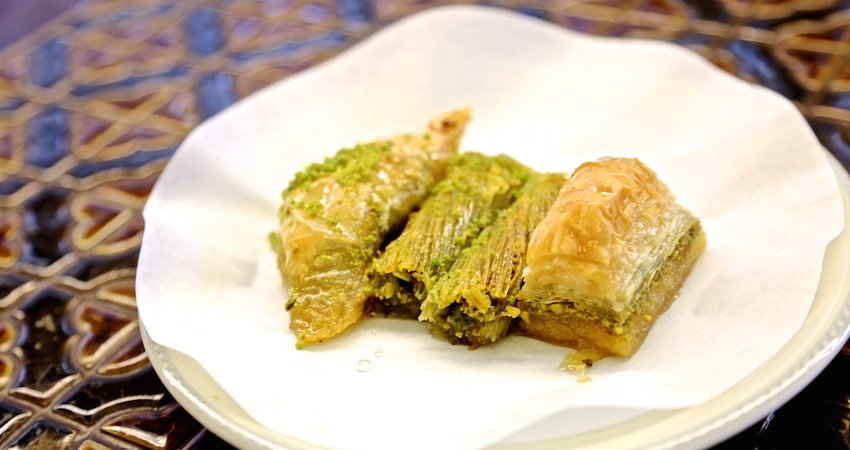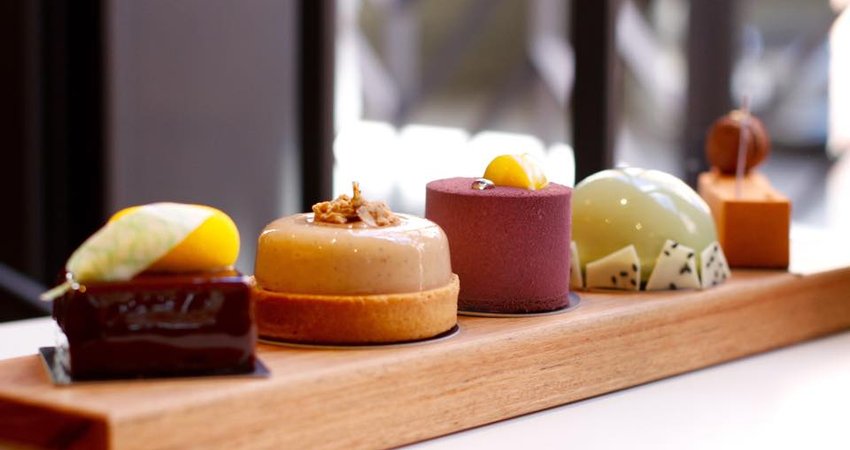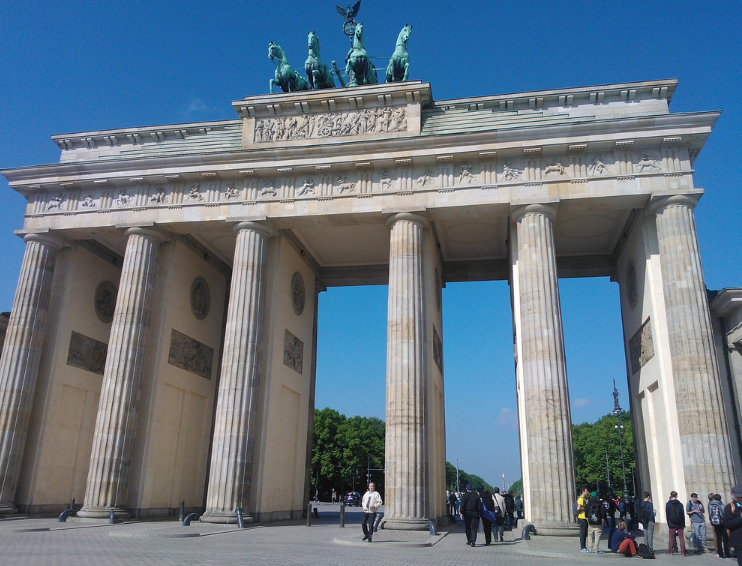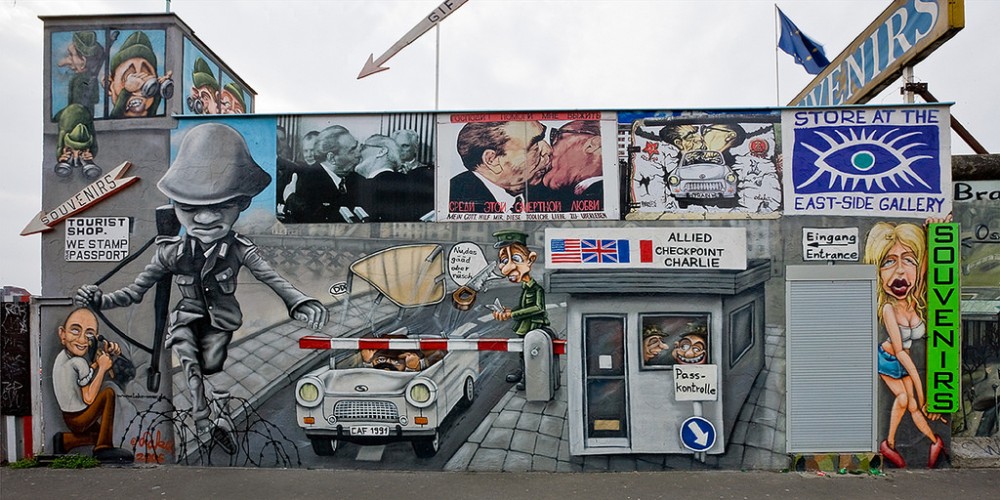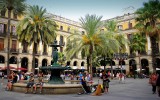You’d be amazed how many of our frequent-traveling families prefer European capitals of culture to the beach. So we’ve rounded up a few of our favorite European cities for vacations that are exceptionally kid-friendly yet also sophisticated enough for culture-vulture parents:
Berlin
The fantastic public transportation network is what puts Berlin over the top as a family-friendly destination. “Every place of note in the city is well served by public transportation,” says Gwen Kozlowski, who is one of the Eastern Europe travel specialists on Wendy’s WOW List of Trusted Travel Experts and who frequently takes her young son on European scouting trips. “Getting around as a family is easy and a good value. The Berlin Welcome card provides from 48 hours to 6 days of unlimited transportation on the metro, S-Bahn (elevated train), and city buses, and each card covers one adult and three kids 6 to 14 years old; children under 6 are free.” For families Gwen recommends the Adina Hackescher Markt hotel, where a two-bedroom suite costs less than a standard room in many of the city’s five-stars. Expose your kids to history at the Checkpoint Charlie House—but only later in the day, she advises, after all the tour buses have left.
For the best possible family-friendly trip to Berlin and to be marked as a VIP, contact Gwen through Wendy’s questionnaire. Read reviews of Gwen’s trips here.
Paris
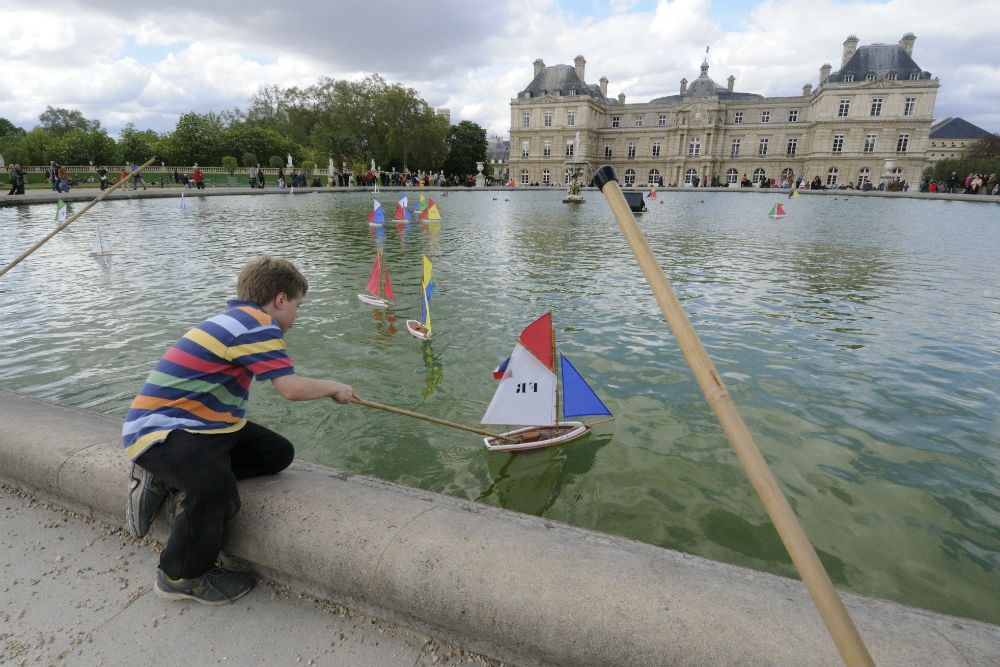
Paris is filled with parks and playgrounds. That’s Wendy’s son Doug in the Jardin du Luxembourg when he was eight.
When you’re traveling with kids, you want engaging activities, easy transportation, and great spaces for downtime, and the City of Light ticks all of these boxes. Paris also has an increasing number of pedestrian zones and neighborhoods closed to traffic on certain days, and strollers, scooters, and various bike set-ups can easily be rented to get around. Many Paris museums have kid-friendly spaces and self-guided tours; make sure to download the children’s activity book before tackling the Eiffel Tower. If you’re seeking special private experiences, nobody is more plugged in than Jennifer Virgilio, one of Wendy’s Trusted Travel Experts for France, who can arrange hands-on activities such as an éclair-making class or an out-of-the-box tour that focuses on the city’s street art. Renting an apartment in the right arrondissement can be a smart move for families too. Finally, when all you need is to burn off some energy, head to one of the many neighborhood parks and playgrounds, all well maintained and fenced in for safety.
Read Jennifer’s Insider’s Guide to Paris with Perks and, for the best possible family-friendly trip to Paris and to be marked as a VIP, contact Jennifer through Wendy’s questionnaire. Read reviews of Jennifer’s trips here.
Dijon
Burgundy might be best known for its wine, but there’s plenty else to keep the underage set happy in the region’s capital. Dijon, you see, was the capital of the Valois Dukes—who were once more powerful than the king—so the old center is full of well-preserved medieval architecture. At the farmer’s market, France Trusted Travel Expert Michael Eloy arranges for kids to help an organic farmer run his stall. He also sends families to the Parc de la Colombière, where young and old can tackle a treetop ropes course, and to the Place de la Libération, where parents sit and enjoy a respite at a café while the kids play in the fountains.
Read Michael’s Insider’s Guide to Burgundy, and for the best possible family-friendly trip to Burgundy and to be marked as a VIP, contact Michael through Wendy’s questionnaire. Read reviews of Michael’s trips here.
Florence
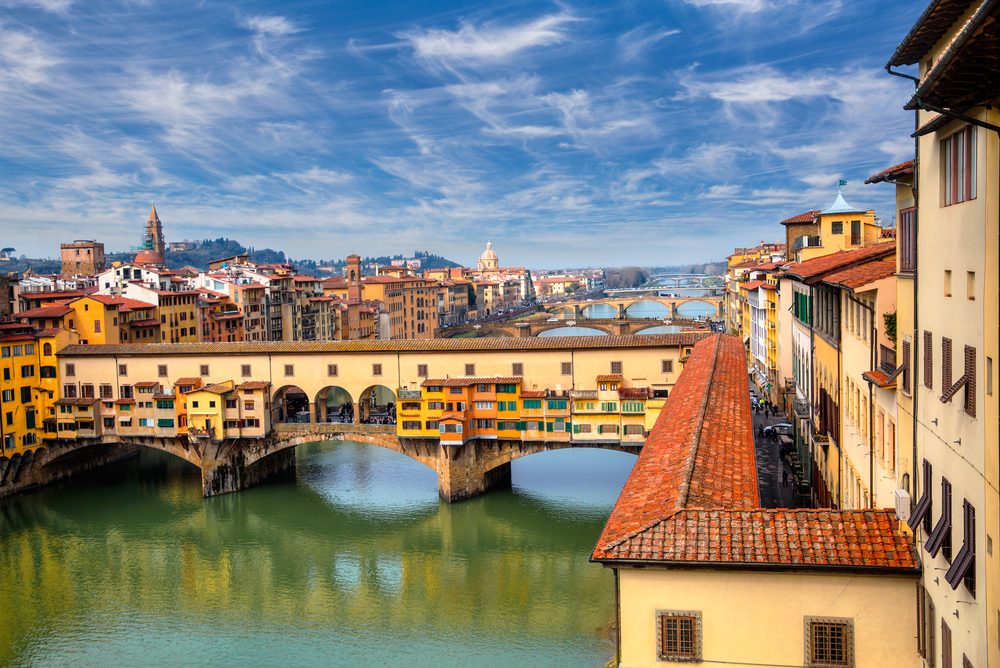
Florence, Italy. Photo: Shutterstock
“At first glance, Florence is intimidating for families because many of the famous attractions are museums and monuments that seem grandiose and overwhelming, even to adults,” says Maria Landers, Trusted Travel Expert for Italy. “But with a little research and planning, Florence—and by extension, Italy’s Renaissance history—can be made vibrant and interesting for younger visitors. Several of the city’s museums, including the Palazzo Vecchio and the Museo Galileo, offer guided itineraries for children, and the Bardini and Boboli gardens are perfect outdoor spots for romping and picnicking. Don’t forget to reward yourselves with healthy doses of gelato as you go!”
Read Maria’s Insider’s Guide to Florence, and for the best possible family-friendly trip to Florence and to be marked as a VIP, contact Maria through Wendy’s questionnaire. Read reviews of Maria’s trips here.
Istanbul
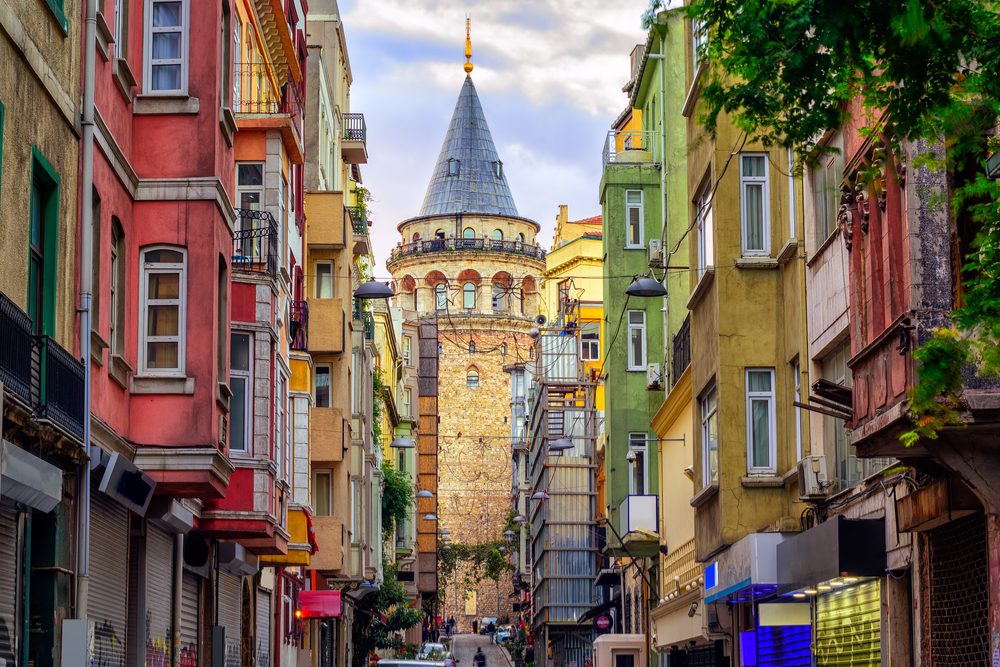
Galata Tower and the street in the Old Town of Istanbul, Turkey. Photo: Shutterstock
Many of the city’s sites naturally appeal to youngsters: “The Rahmi M Koç Industrial Museum’s interactive displays are great for kids, who also love going underground to the Byzantine Cistern and spying fish in the water,” says Earl Starkey, Trusted Travel Expert for Turkey. Earl uses art as a kid-friendly window into Turkish culture, arranging private classes on pottery and ebru (the Ottoman technique of paper marbling), as well as cooking. Even the pickiest palates will be satisfied with pide—best described as Turkish pizza—and Istanbul’s ubiquitous fresh-squeezed juices. To escape the city’s hustle and bustle, take a ferry to the car-free island of Buyukada, where you can rent bikes or hire a horse-drawn carriage.
Read Earl’s Insider’s Guide to Istanbul, and contact him through Wendy’s “Start a Trip” questionnaire to be marked as a VIP and get the best trip possible.
London
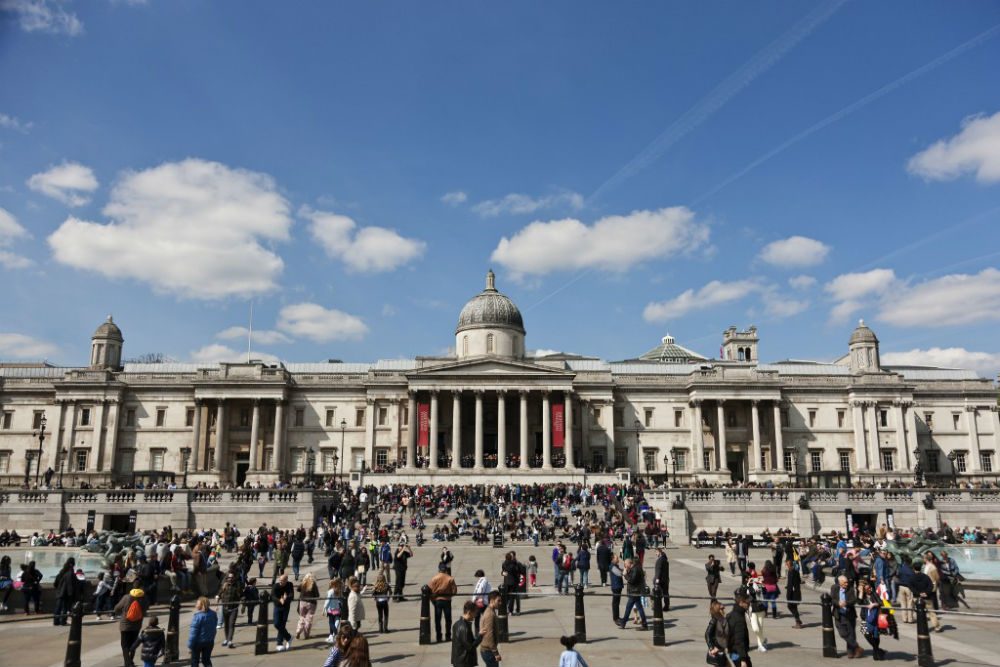
Many museums in London are free, including the National Gallery in Trafalgar Square. Photo: Michael Heffernan/London and Partners
Free museums make London a great choice for families. The Science Museum, the Natural History Museum, the Victoria and Albert Museum, the British Museum, the Tate Modern, the National Portrait Gallery, the National Maritime Museum, the National Gallery, and the Museum of London are only the start. “Anywhere else, visiting even half of these would ring up costs of at least $100 per person,” notes Jonathan Epstein, Trusted Travel Expert for the British Isles. He adds that traveling to London removes the language barrier that can trip up some kids—especially on their first adventure abroad. Epstein’s young son is a devotee of the pirate-ship climbing structure at the Diana, Princess of Wales’ Memorial Playground. And then, of course, there’s Harry Potter: Families can visit sites featured in the books, or even tour the studios where the movies were filmed. Don’t miss this London advice from Wendy’s 14-year-old son: Dos and Don’ts For Your Trip to London.
Contact Jonathan through Wendy’s “Start a Trip” questionnaire to be marked as a VIP and get the best trip possible.
Barcelona
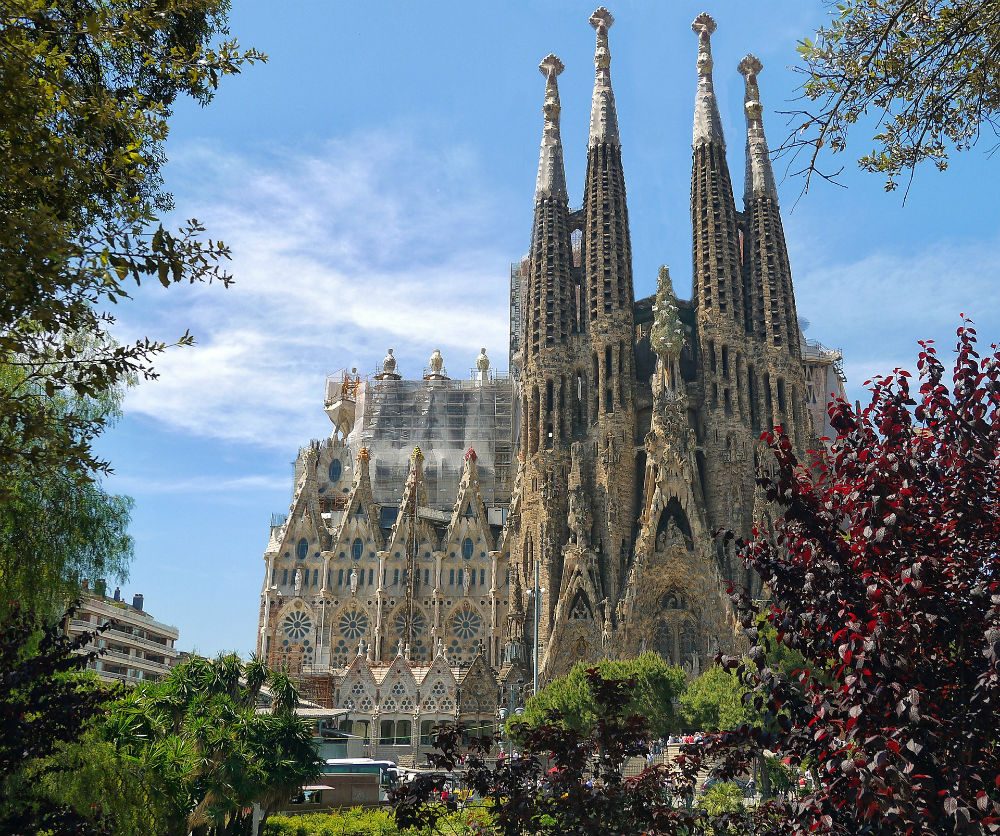
Barcelona’s Sagrada Familia looks to some like a child’s masterpiece in sand. Photo: Pixabay
The Mediterranean climate makes it almost always pleasant to be outdoors (who wants to be cooped up inside with kids?), and there’s a fantastic beach area where can spend your afternoons after mornings spent exploring the city. Gaudi’s famous Sagrada Familia looks to some like a child’s masterpiece in sand—maybe that’s why kids are so drawn to his buildings and to the other Catalan Modernist structures sprinkled throughout the city. You could spend an entire day exploring how nature and architecture are woven together at Parc Guell. And did you know that chocolate was introduced to Europe by the Spanish? There’s a chocolate factory in Barcelona that will have your kids begging for a second trip.
Contact Spain expert Pablo Calvo through Wendy’s “Start a Trip” questionnaire to be marked as a VIP and get the best trip possible.
What European cities would you add to this list?
Be a smarter traveler: Read real travelers’ reviews of Wendy’s WOW List and use it to plan your next trip. You can also follow her on Facebook, Twitter @wendyperrin, and Instagram @wendyperrin, and sign up for her weekly newsletter to stay in the know.
